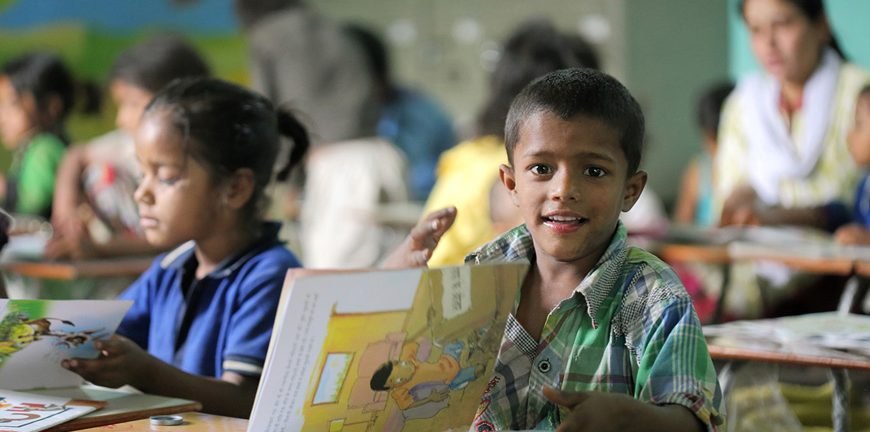.jpg)
Rural Development Program
A rural development program refers to a set of initiatives, policies, and interventions aimed at improving the social, economic, and infrastructural conditions in rural areas. These programs are designed to address the unique challenges and needs of rural communities, promote sustainable development, and enhance the quality of life for rural residents.
Key components of rural development programs include:
-
Infrastructure Development: Rural development programs often focus on improving infrastructure in rural areas. This includes building and upgrading roads, bridges, transportation networks, water supply systems, sanitation facilities, electrification, telecommunications, and access to internet services. Improved infrastructure enhances connectivity, mobility, access to services, and economic opportunities in rural communities.
-
Agricultural Development: Agriculture plays a significant role in rural economies. Rural development programs may include initiatives to support agricultural productivity, sustainability, and diversification. This includes providing agricultural extension services, training farmers in modern farming techniques, promoting organic farming, enhancing irrigation systems, facilitating access to credit and markets, and supporting agribusiness development.
-
Livelihood and Employment Opportunities: Rural development programs aim to create livelihood and employment opportunities for rural residents. This may involve promoting entrepreneurship, small business development, vocational training, skills development, microfinance initiatives, and cooperatives. Supporting diverse economic sectors such as tourism, cottage industries, handicrafts, and renewable energy projects also contributes to rural livelihoods.
-
Healthcare and Education: Improving healthcare and education services is essential for rural development. Rural development programs may focus on building healthcare facilities, training healthcare workers, providing essential medical supplies, promoting preventive healthcare measures, and enhancing access to affordable healthcare services. Similarly, initiatives to improve educational infrastructure, train teachers, provide scholarships, and promote adult literacy contribute to enhancing educational opportunities in rural areas.
-
Social Welfare and Inclusion: Rural development programs address social welfare issues and promote inclusion and equity in rural communities. This includes initiatives to address poverty, food security, housing, sanitation, clean drinking water, social protection programs, support for vulnerable populations (such as women, children, elderly, and persons with disabilities), and community development projects that enhance social cohesion and participation.
-
Environmental Sustainability: Sustainable rural development integrates environmental considerations into planning and implementation. This includes promoting sustainable land use practices, natural resource management, conservation of biodiversity, watershed management, climate change adaptation, renewable energy adoption, waste management, and environmental education and awareness.
-
Governance and Capacity Building: Effective governance and institutional capacity are critical for successful rural development. Programs may focus on strengthening local governance structures, promoting participatory decision-making processes, capacity building for local authorities and community organizations, promoting transparency and accountability, and fostering partnerships between government agencies, civil society, private sector, and communities.
Overall, rural development programs are holistic and multi-dimensional, addressing a range of interconnected issues to promote inclusive, sustainable, and resilient rural communities. By addressing infrastructure gaps, promoting economic opportunities, enhancing social services, and fostering environmental sustainability, these programs contribute to reducing rural-urban disparities and improving the overall well-being of rural populations.


